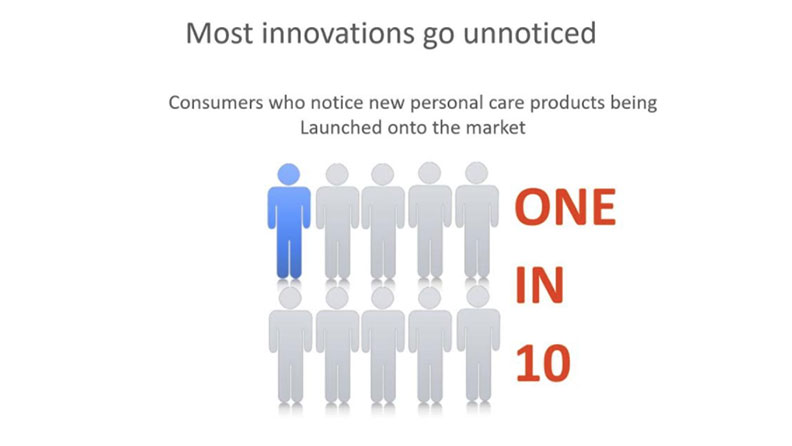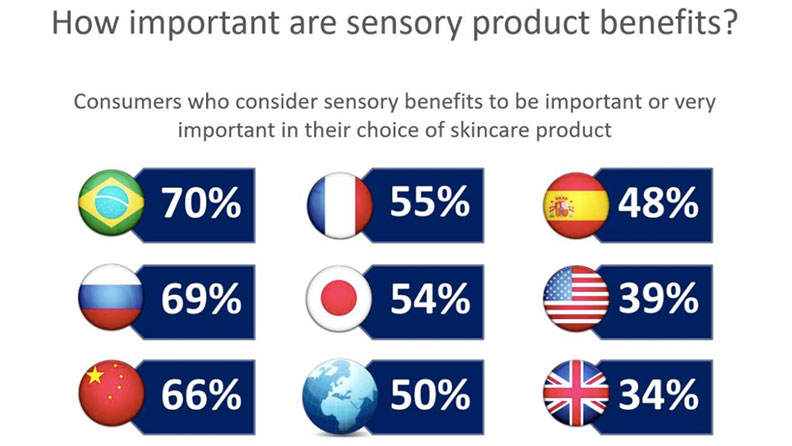Over the years, I’ve had the wonderful opportunity to test, sample, and play with a variety of different products, both as a professional and as a consumer. What’s always been the most interesting, due to its versatility and constant advancement, is the texture and consistency of certain products. From silky soft to watery and granular, a product’s true identity starts with its texture. Let’s first take one step back and distinguish a product’s timeline from a marketing standpoint. Once the product is conceived and ready to roll out to the public, how does it get seen? According to Datamonitor Consumer Surveys, most innovations go unnoticed and they never have the opportunity to be discovered in a way that they should. With that in mind, it’s very important for brands to differentiate themselves and engage with consumers.

According to industry expert Belinda Carli, sensory experimentation is the primary purchase driver in beauty. She explains that, “with increasing competition in this sector, sensory now matters more than ever to help a consumer really fall in love with every aspect of your product. What consumers can touch, smell, and see about a product matters before and, in the long run, often as much as how well a product works. With so many products, and so much choice focussed on sensory, it is important to captivate your target market from that very first touch through to everyday use. It’s almost as important now as how well the product actually works!”
Datamonitor also looked at the importance of sensory product benefits in the choice of skincare products across various countries, and the below illustrates this:

Understanding how to reinforce the connection between product and consumer is key to driving more experimentation and therefore product purchase. It is important to enhance the connection between the product and user and drive experimentation through multi-sensory experience including textures and scents, packaging, and digital tools.
According to Mintel, the emergence of multi-sensory experiences in the beauty market connects the product to the consumer in an increasingly engaging way. A connection between product and consumer encourages greater experimentation and builds an emotional bond to create deeper, more memorable experiences as consumers can get closer to their products through smell, touch, and feel. Unusual textures, mood-changing fragrances, and interactive packaging offer strong ways to draw users closer to their products.
Another channel a brand must consider is how transformative textures can help brands create that “wow” factor for consumers.
Dr. Andrea Mitarotonda, the Chief Research & Innovation Officer at Neal’s Yard Remedies, explains that, “if referring to textures that change upon application, then this is something that may have benefits from a marketing point of view (the sought-after WOW effect) but also from a skin point of view. As an example, transforming facial cleansers that feel like a pampering and rich oil when applied onto the skin and transform into a light and easy-to-rinse milk upon application of water (e.g. when rinsed off). Also, relatively new creams that behave like a water-in-oil emulsion when applied (i.e. rich, protecting, pampering) and then transform into an oil-in-water emulsion at absorption stage (i.e. light and easy to absorb).”
Understanding that texture plays a key role in a product will ultimately provide a brand with alternative channels to market a product and help drive the conversation towards the benefits as a supporting property.
Read Part I of the product development texture series here.